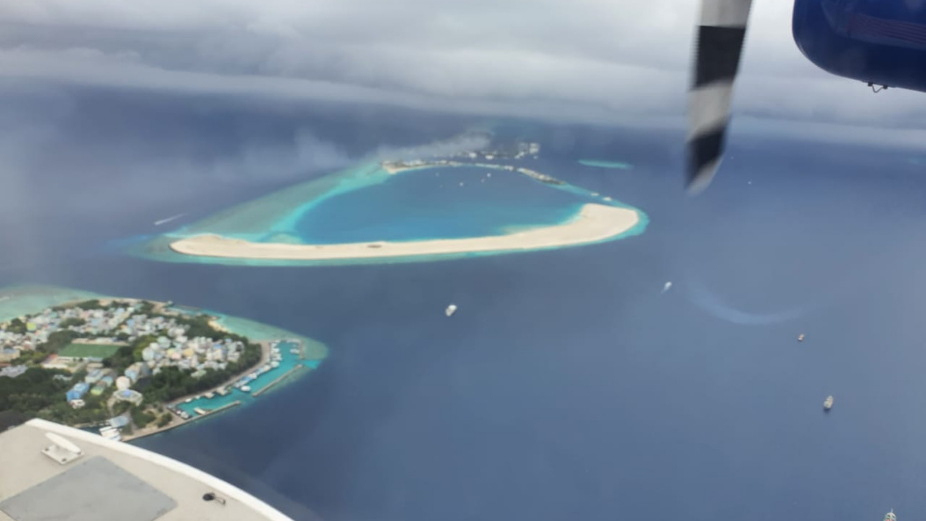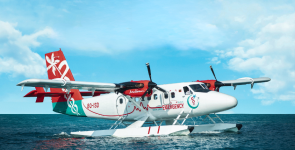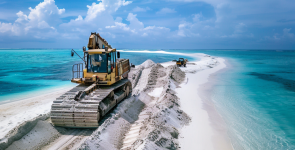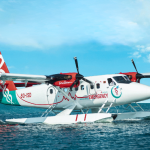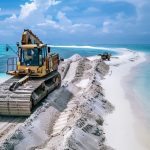Rather than a strategically planned development, dredging has been taking place in Maldives mostly for short term economic and political gain. Hence, the much needed social and environmental balance is far from being achieved. As such, one of the main targets of the Dredging Association of Maldives (DAM) is advocating to combine sustainability requirements with the ever-increasing demands on dredging applications in Maldives.
Currently, the Environment Impact Assessment (EIA) report completed as per the Environment Impact Assessment Regulation 2012 which is based on the Environmental Protection and Preservation Act of the Maldives (Law No. 4/93), is the only document that mainly guides the dredging activities in Maldives. Sadly, in many cases, in number of projects, the project activities do not follow the approved EIA report.
Nowadays, it has become a common practice to transfer sand that has been dredged for the purpose of one project, to another island for a different project, which is not an activity that was initially within the project scope of the dredging project. It has to be noted that the Dredging and Reclamation Application is approved by EPA by issuing a letter which states the amount of sand permitted to be dredged as the fill material or the requirement of that specific project. This amount is estimated by undertaking accurate GNSS and hydrographic surveys prior to the beginning of the project. The total fill material estimated for one project is solely based on the requirement of that project, either for filling or to keep some remaining for a replenishment of the beach in a near future. EPA never approves an additional amount of dredging from one project so that in the future, under an unforeseen circumstance, it can be taken to another island for a use that has never been foreseen.
On a different note, as per the Decentralization Act of Maldives (Act: 7/2010), there is a legal administrative boundary of every atoll and the island that encompasses the surrounding lagoons. No second or third party can benefit from these areas without knowledge and consent of the administrative councils. Hence, sand dredged within one atoll for the purpose of usage within that administrative atoll, cannot be taken to another atoll or island without the full knowledge and consent of the respective administrative councils.
The bottom line is that no dredging project is expected to yield extra material enough to be taken to another island given that the contractor has undertaken the project as per the issued Decision Statement by EPA. The amount of dredging is only approved to meet the requirement of that specific project, not to cater unforeseen situations that may raise throughout the country. If the contractor leaves a huge sand pile at the completion of the project, which has never been approved in the initial EIA report, the contractor has committed a crime punishable under the Environment Damage Liability Regulation (R-9/2011).
DAM has urged the respective authorities to take actions against these crimes since sand transfer between islands have become a common practice in the dredging industry of Maldives.


